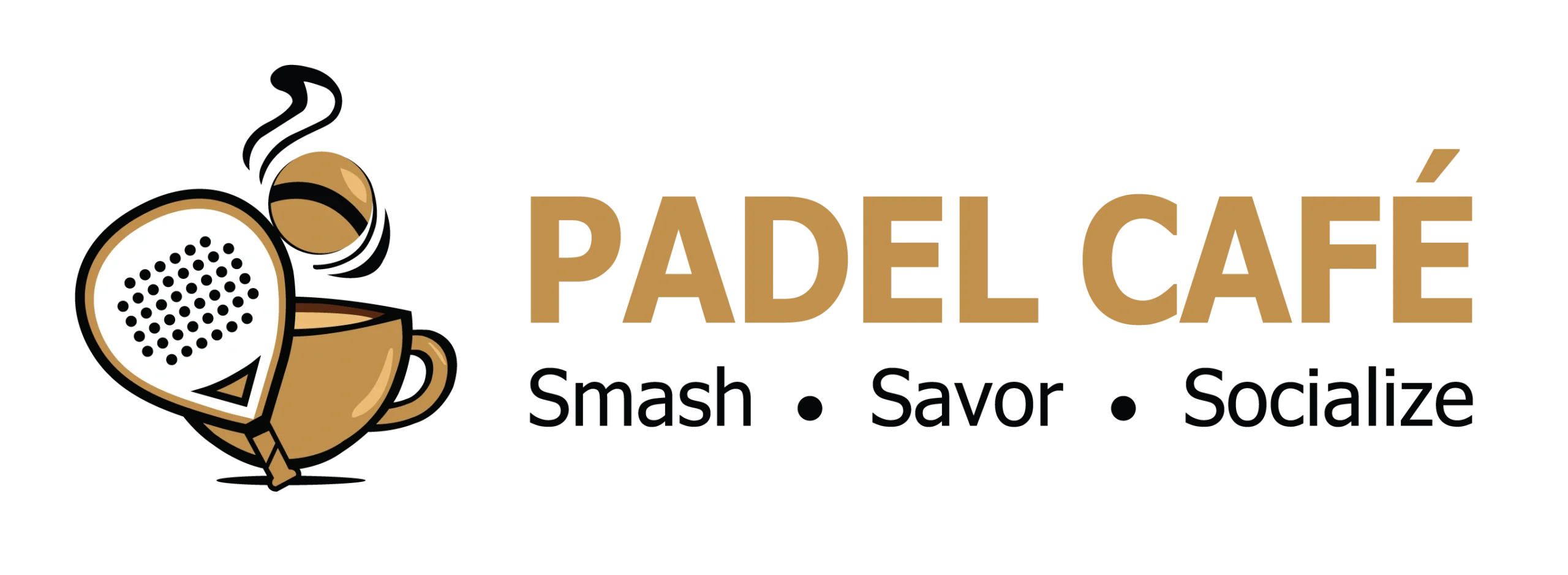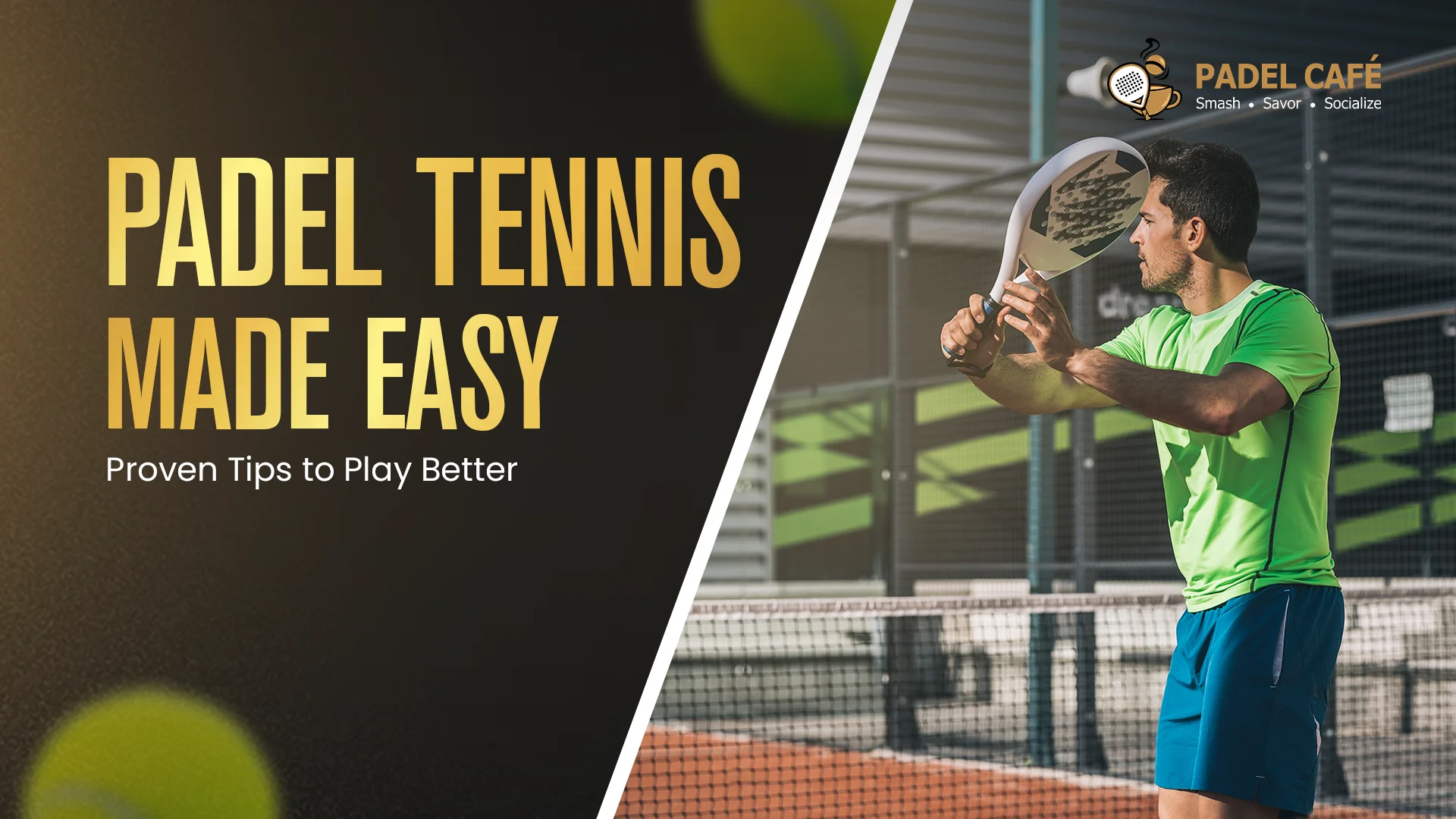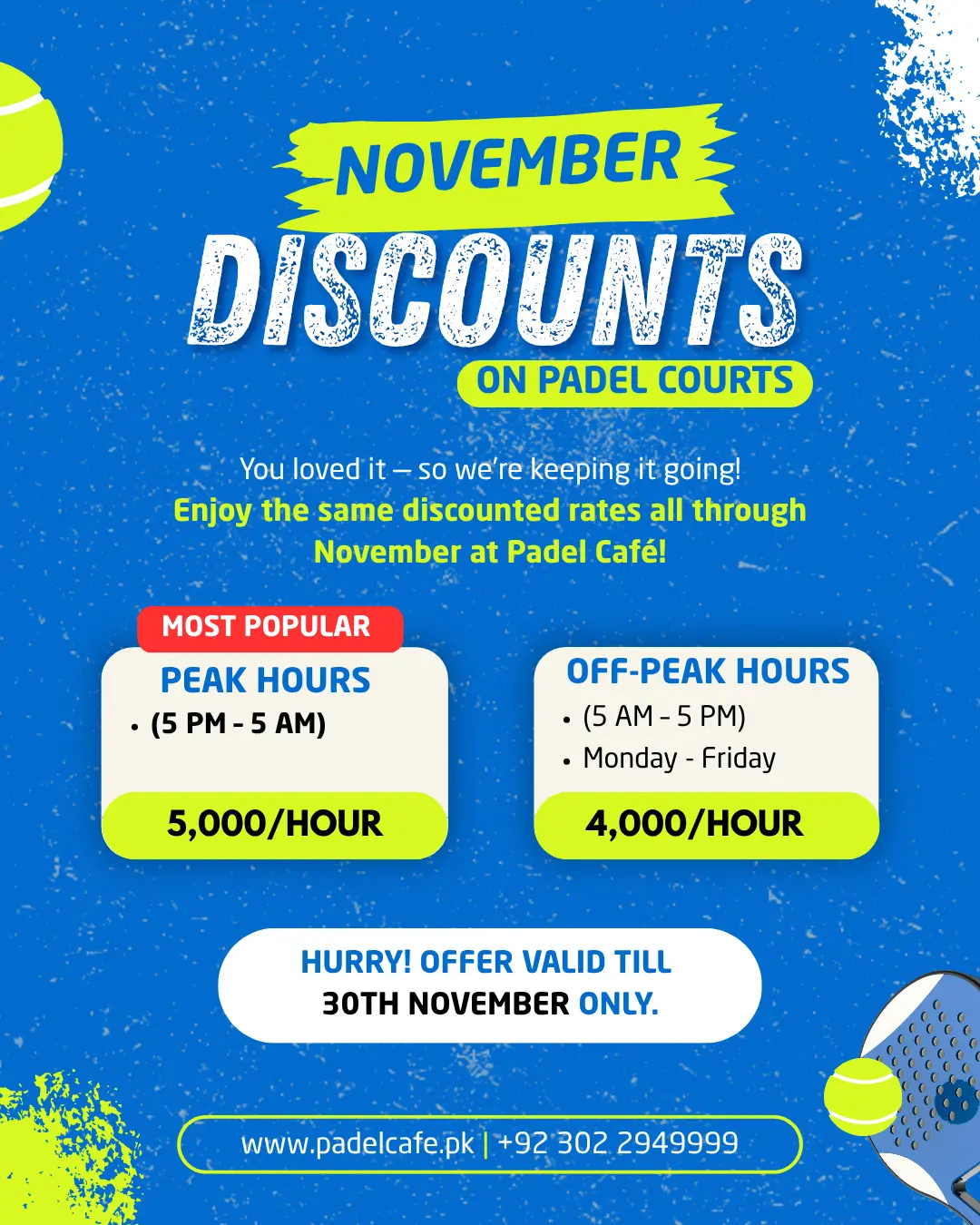Padel tennis, a dynamic sport of Mexican origin, is an intriguing blend of tennis and squash. However, there are some profound differences among the three, giving each a unique individuality and popularity in the population.
Fusing athleticism with excitement and strategy, the Padel game takes your sportsman spirit to the next level. It is easy to learn but challenging to master and to play by the rules. So, like every other sport, there are some profound tips and techniques that can help you advance from a beginner to a pro player. So, let’s explore these tips and game techniques to give your opponent a tough time on the court.
Essential Tips for A Winning Padel Game
Whether you’re a beginner or a seasoned player, mastering a padel game is more than just swinging a racket. The following are some key considerations that you must take note of:
1. Master Grips
A good shot relies on your grip on the racket, making it the first point to consider when delivering a good shot. One wrong hit and the entire game can go in your opponent’s favor, suggesting the necessity of a sound racket grip for gaining an edge over your opposing player.
The best way to strengthen your grip is to practice multiple hits against a wall. Hold a continental grip, face the wall, and practice shots several times on the wall. It will let you develop a good hold on the racket and be able to deliver an impactful shot.
Pro Tip: For beginners, a forehand grip, such as the Eastern or Continental grip, is recommended. These grips offer versatility for both backhand and forehand strokes, which can impact the effectiveness of your shorts.
2. Understand Footwork Fundamentals
Precise and agile footwork is the key to optimal positioning on the court. After all, the game is all about sharp and instant movements for reacting to your opponent’s shot.
- Position: Maintain a solid court foundation with your knees shoulder-length apart and legs slightly bent. This position helps you make quick movements in the direction the ball comes into your court.
- Split Step: Adopt a split-stepping technique for a quick reaction to your opponent’s strike. Jump slightly and land with your feet apart, avoiding the contact of your heels with the ground.
- Pivot: When getting ready to serve or strike back, position your non-dominant foot (opposite to the hand holding the racket) slightly in the front to allow 360° body rotation.
Pro Tip: For beginners, it’s best to stay light on their feet for swift and efficient movement and proper positioning for delivering a good stroke to their opponent.
3. Preparation for The Shot
Take note of the following steps for preparing yourself for the shot and delivering a perfect hit:
- Racket Position: While the opponent makes the hit, position your racket horizontally in a way that its surface faces the ground, allowing for a quick move for hitting the ball.
- Track the Ball: Maintain your focus on the ball as it approaches you. Analyze the ball’s spin and trajectory and then decide on the stroke you should make.
- Backswing Technique: Adopt the backswing technique, keeping your racket above the level of your wrist. This allows for natural and fluid movement as you make your hit.
4. Master The Basic Strokes
Your padel game almost entirely depends on how perfectly you play a stroke. Therefore, you must consistently perfect the basic strokes and give tough competition to your opponent.
In a forehand shot, the non-dominant shoulder faces the net, and the racket swinging is from high to low, with a follow-through. In the backhand stroke, the back of the hand faces the ball, and this stroke is more helpful when the ball is towards your non-dominant side. An eastern or continental grip works well to play both types of strokes.
The following are the basic forehand and backhand strokes that a beginner can master to advance to a pro level.
- Flat: the most basic stroke, the ball is hit with the racket perpendicular to the ground.
- Slice: a stroke with a hit down and across the back of the ball, spinning it.
- Topspin: the racket is positioned lower than the ball and moved slightly forward for an upward movement of the ball with a brushing effect.
Pro Tip: Beginners should first focus on mastering the forehand and backhand strokes prior to practicing advanced-level strokes.
5. Executing The Shot
It’s about time that you executed a perfect shot. Let’s now learn how you can do that:
- Swing Mechanics: Rotate your hips and shoulders towards the ball to initiate the forward swing. Keeping your racket higher than the ball-racket contact point imparts a topspin on the ball.
- Core Body Movement: Keep your body’s core engaged during and after the shot. It lets you deliver a hit with good force with no compromise on your position’s stability.
- Follow Through: Another crucial aspect is to keep your racket swinging to build accuracy and avoid injury after a hard hit.
Some Other Padel Tips to Play Better
Some foundational elements that Padel court players should master are essential for creating a strong platform for improving their game and challenging their opponents.
1. Choose Good Players
A good game relies on the players playing it. Better players know the ins and outs of the game and give a tough situation to their opponents. If you do not win, you will still learn some good strokes, which you can practice to better your game-playing skills. On the contrary, average players will lower your skill level, and the entire game will be good for nothing.
Mindset is the Key!
Good players help to level up your mindset, inducing positivity. Eventually, you learn to play the ball and not the opponent. Such a game compels you to play harder, finding ways to better your shorts.
2. Learn the Technique
Learning the game technique — the type of grip, footwork, and padel stroke — is always important! A good technique will let you:
- Develop accuracy and consistency
- Stay light on your feet
- Master your shots
- Give tough competition
Pro Tip: For better guidance, personalized training, and quick learning, players should schedule one-on-one sessions with Padel coaches.
3. Playing off the Walls
As someone who’s just starting to play, playing off the glass walls is the hardest. The glass walls are a part of the Padel sport or the bread and butter of this game. They can actually help you score better, as you can still deliver a short after the ball bounces off the wall.
Pro Tip: Beginners can master playing off the walls by adopting the following techniques:
- Position yourself properly for a quick change in direction when needed.
- Ensure adequate early racket positioning prior to hitting the ball.
- Reading the ball’s trajectory, understanding the topspin and a slice, as each gives a ball bounce at varying depths (higher for topspin, lower for slice).
4. Basic Positioning and Court Awareness
Your court positioning can make you win or lose, so learning basic positioning is crucial. In Padel, you cannot go for a position play, as you cannot foretell the ball’s direction and bounce. So, there are two critical points to consider for maintaining a winning court position:
- Avoid “no man’s” land (area between the serving line and the baseline)
- Run to the net when the time is right (after the serve, when you lob your opponent, when you hit past the white line)
Pro Tip: It’s best to stay in the middle (between the serve line and the net) so you won’t miss the ball, thinking that your back partner will play it.
5. Understand the Pace of Shots
Beginners often make the mistake of hitting the ball too hard, thinking it will give them a better shot at the opponent. Well, that’s not the case. Not every time a hard hit works well for you. Only in some instances is this required, such as in:
- Flat smash (flat trajectory hit at maximum speed)
- Kick smash (topspin or slice hit on the ball, making it bounce unpredictably)
- Aggressive vibora (a diagonal hit across the court with spin)
- Bandeja (flat trajectory hit, slowing the game)
- Volley (hard hit near the net before the ball bounces on the court)
Pro Tip: Beginners should focus more on consistency, positioning, and technique building.
6. Get Equipped Properly
Using proper equipment is a MUST! Despite its similarity with traditional tennis, the game’s equipment is completely different. The game is not playable with stringed and long tennis rackets; even the ball is smaller than a tennis ball.
Complete gear is also crucial for making your game better every time you play. The complete gear includes:
- Padel shoes
- Padel bag
- Padel grip
- Padel clothing (should be breathable and lightweight)
7. Play Consistently
Lastly, for a beginner, consistent play helps develop a sound rhythm and maintain momentum. It builds stamina, giving you the required focus for a winning match. Over time, the learning of the basics (positioning, grip, stroke delivery, etc.) gets better, leveling you up and making you a pro player.
Take Away Words
Are you unsure of your Padel tennis skills? The guide here is the solution to all your problems. Whether you’re a seasoned player or a skilled professional, these tips will help a great deal to improve your padel-playing skills and gear your body for the game. Master these, and you can win more matches. So, are you now ready to take a headshot at this sport and experience one heated game?
Master the Padel playing tips and be ready to challenge yourself and your opponent to an exciting game!




0 Comments